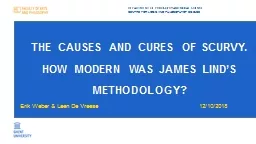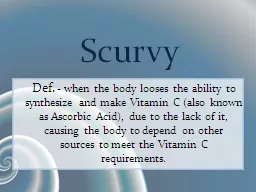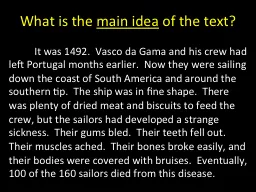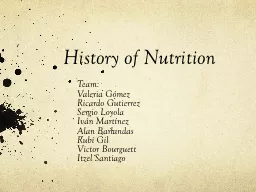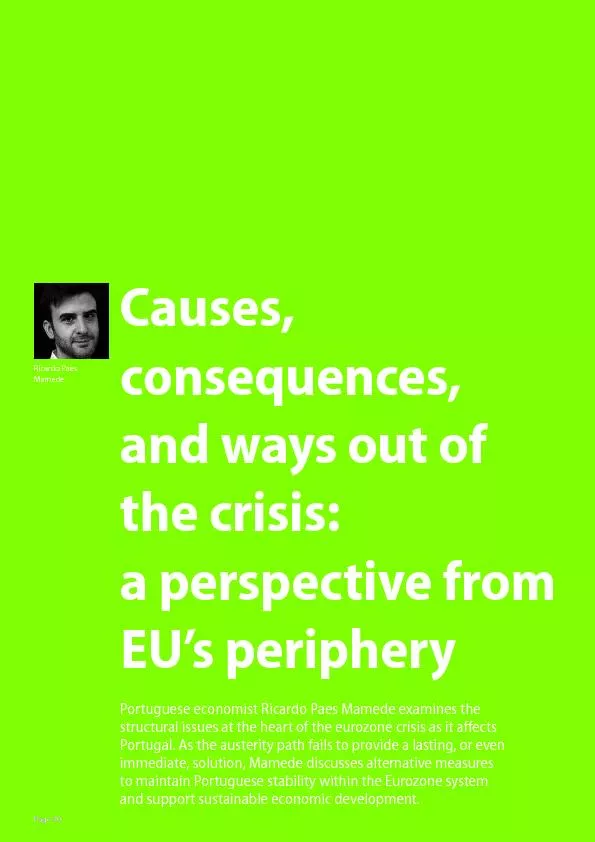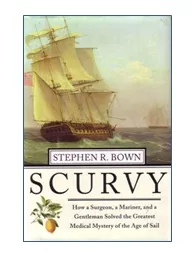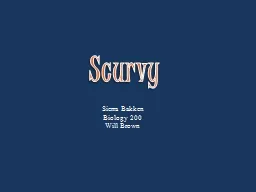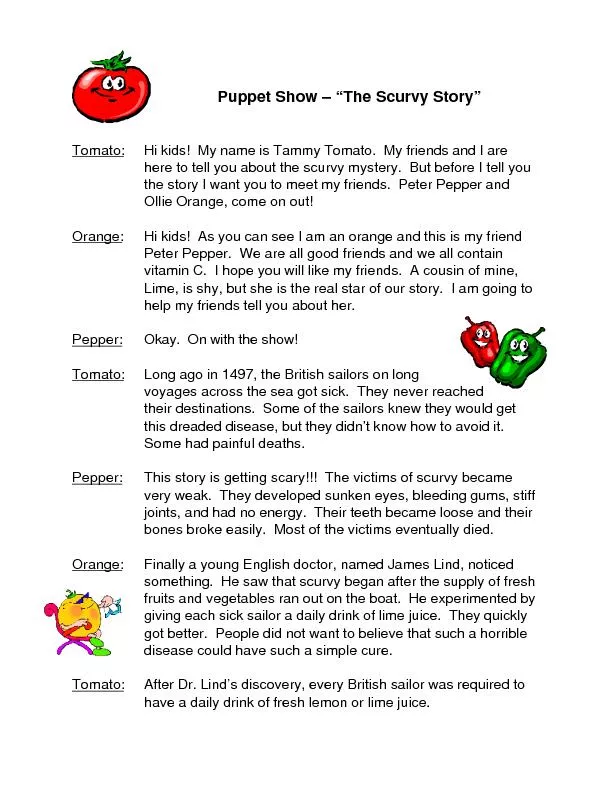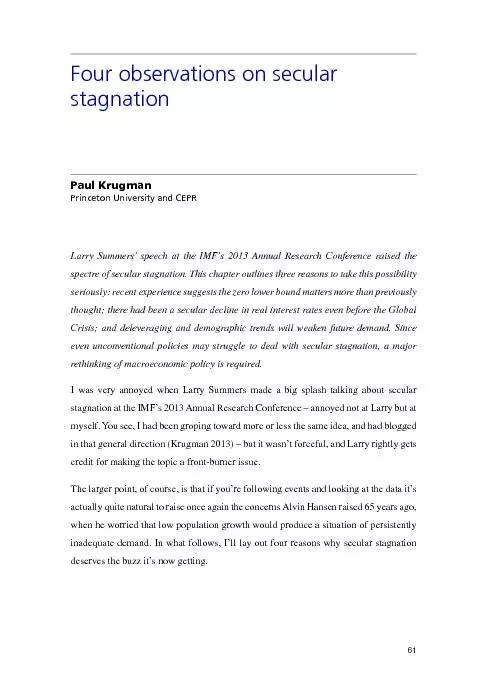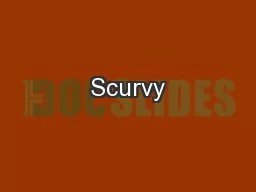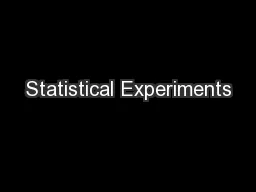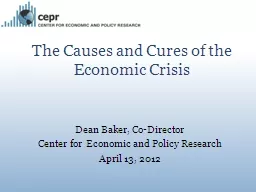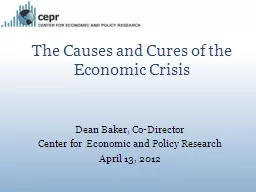PPT-THE CAUSES AND CURES OF SCURVY.
Author : sherrill-nordquist | Published Date : 2020-01-06
THE CAUSES AND CURES OF SCURVY HOW MODERN WAS JAMES LINDS METHODOLOGY Erik Weber amp Leen De Vreese 12102018 department OF PHILOSOPHY AND MORAL SCIENCE Centre for
Presentation Embed Code
Download Presentation
Download Presentation The PPT/PDF document "THE CAUSES AND CURES OF SCURVY." is the property of its rightful owner. Permission is granted to download and print the materials on this website for personal, non-commercial use only, and to display it on your personal computer provided you do not modify the materials and that you retain all copyright notices contained in the materials. By downloading content from our website, you accept the terms of this agreement.
THE CAUSES AND CURES OF SCURVY.: Transcript
Download Rules Of Document
"THE CAUSES AND CURES OF SCURVY."The content belongs to its owner. You may download and print it for personal use, without modification, and keep all copyright notices. By downloading, you agree to these terms.
Related Documents

